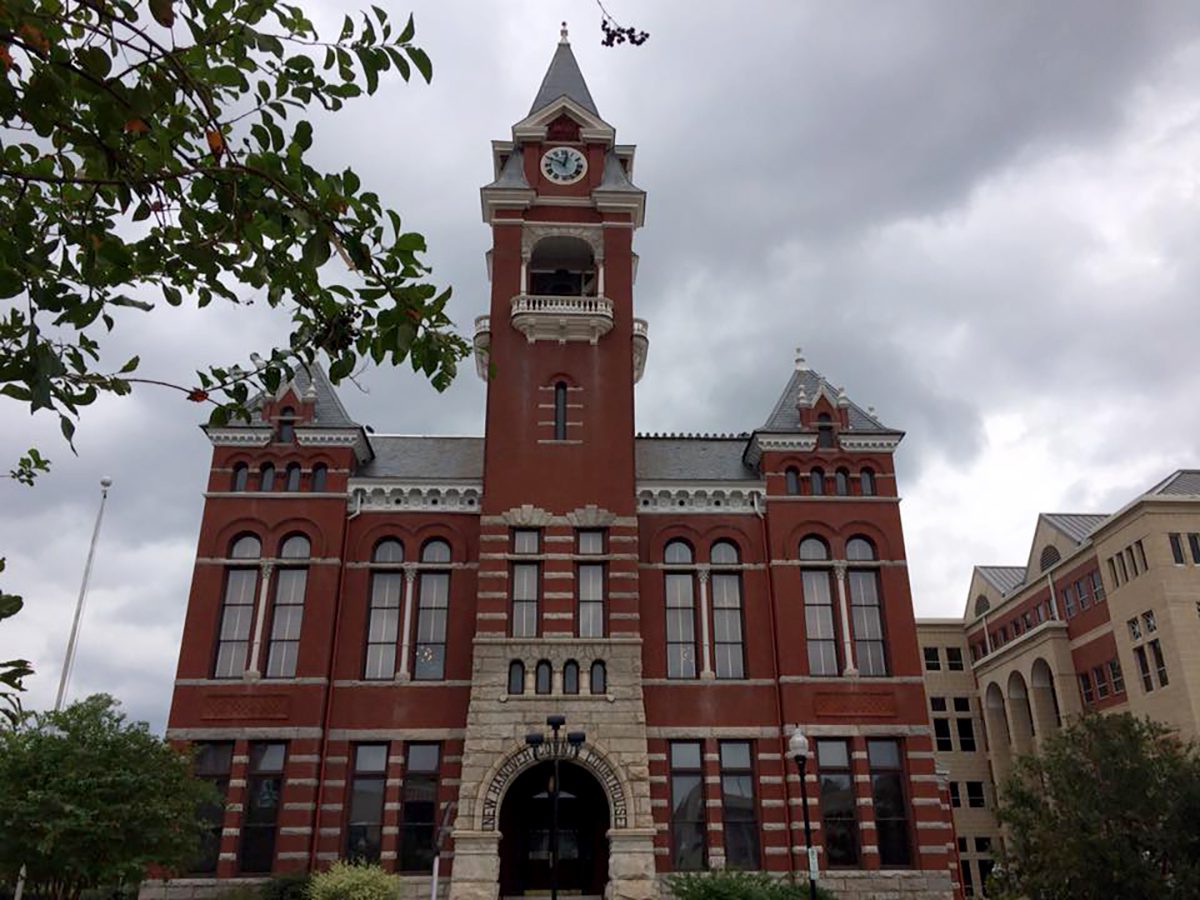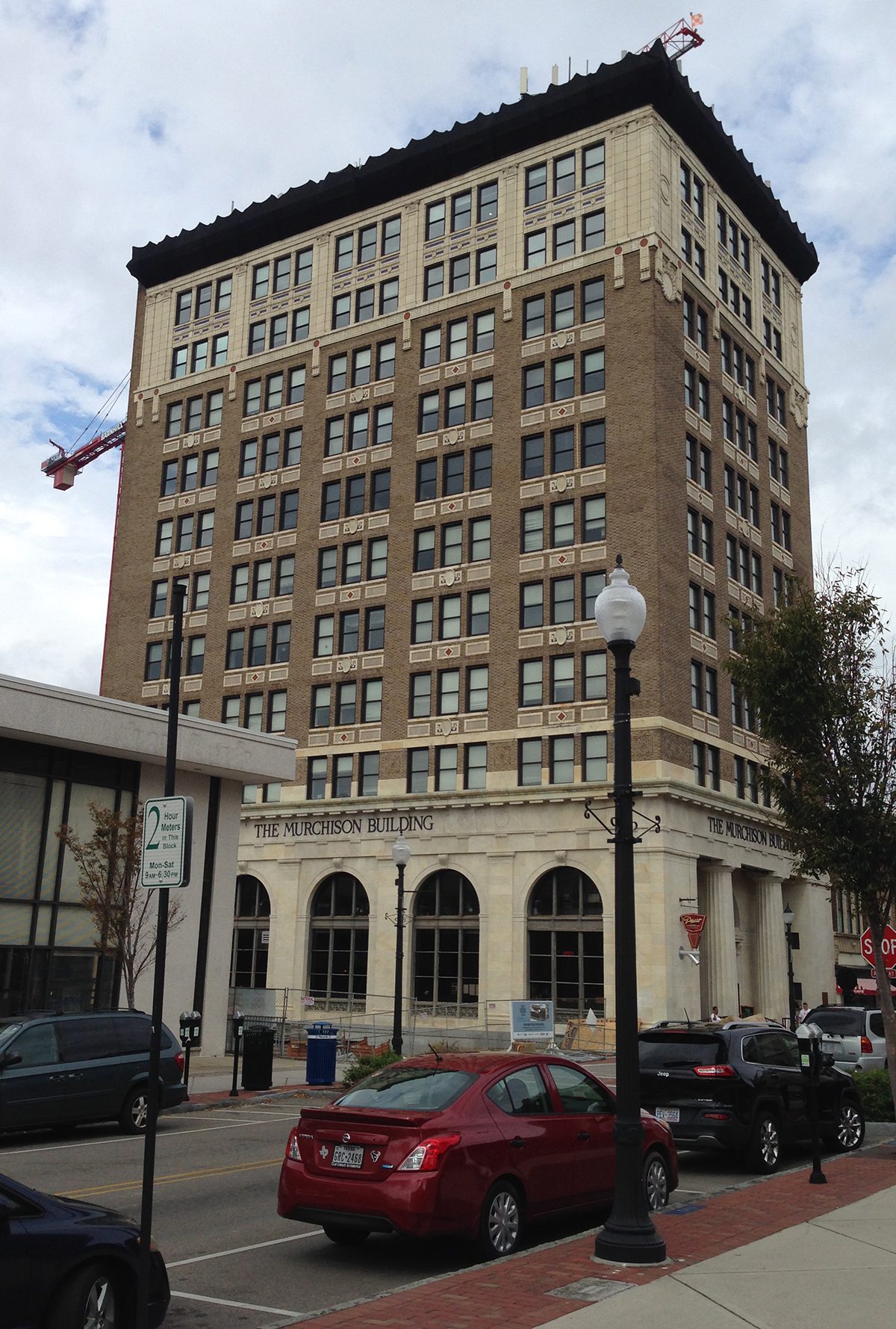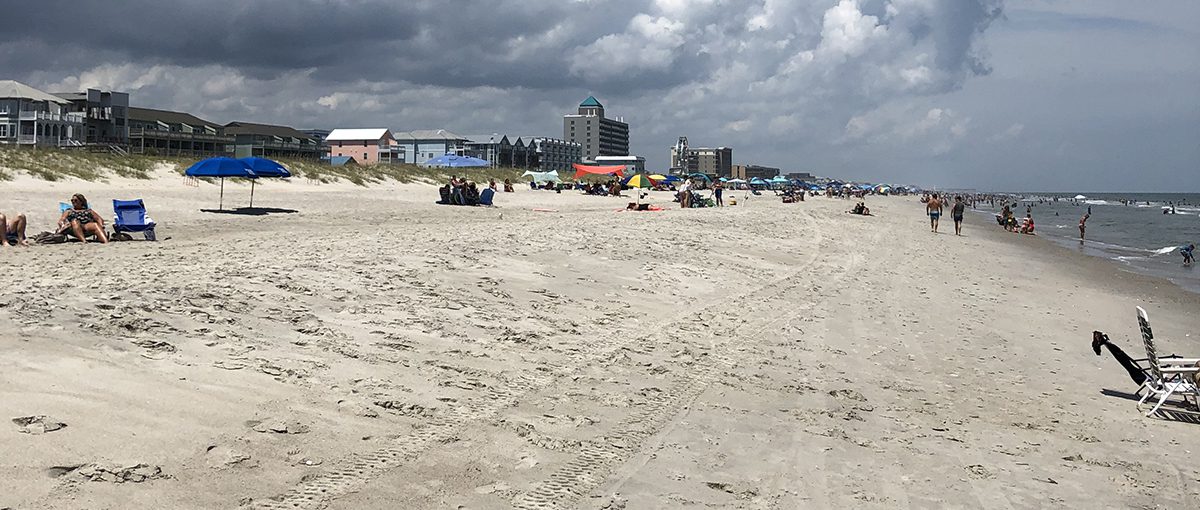
Part of a history series examining each of North Carolina’s 20 coastal counties.
Wilmington is one of North Carolina’s best-known cities. Visitors to the state’s southern beaches pass through the city at the eastern end of Interstate 40. Many may be familiar with the Battleship North Carolina Memorial, or films and TV shows shot in the area, or some of the famous people who have called New Hanover County and its biggest city home.
Supporter Spotlight
Behind these relatively recent attributes and trivia are nearly three centuries of historic development.
Scenic Wilmington also is one of the state’s most historically important, in both a positive light and as the site of one of the darkest moments in North Carolina history.
Following the Tuscarora War in the early 1700s, English settlers began to move south and west throughout the area once occupied by that powerful Native American group. One of the earliest settlements was in present-day Brunswick County on the western bank of the Cape Fear River. The pre-Revolutionary success of that settlement, known as Brunswick Town, helped inspire a number of settlements on the eastern side as well.
Families such as the Moseleys, Swanns and Moores claimed large land grants and founded sizable plantations. As Lawrence Lee noted in his history of New Hanover County, “They were men of wealth and position who brought their families and slaves and settled on large plantations.” They grew rice and corn and harvested naval stores. The navigable Cape Fear River allowed them to quickly transport their products to market and become relatively wealthy as a result.
Early settlement led to a new county to facilitate commerce and ease legal burdens. In 1729, New Hanover County was formed from the southeast portion of Craven County. It was named after the House of Hanover, the German royal family that ruled England at the time. The county originally stretched westward to the extent of settlement and northward to the White Oak River, according to archivist and historian David Leroy Corbitt.
Supporter Spotlight
One important action by these early settlers was to form a town on the eastern bank of the Cape Fear River 30 miles north of its mouth. This town, first called New Carthage, soon became known as Newton. It was finally incorporated in 1760 and named Wilmington after the then-governor’s patron, Spencer Compton, Earl of Wilmington. Its potential as a major political center in North Carolina was clear by the 1740s, after it was made the county seat of New Hanover County.
Wilmington soon became one of the most important cities in North Carolina. It was a center for patriotic sentiment during the Revolution and was home to Cornelius Harnett, the first leader of the state’s Committee of Safety.
Later in the war, the Burgwin-Wright House on Market Street in downtown Wilmington, now a museum, served as a headquarters for Charles Cornwallis as he planned the campaign that ended at Yorktown. The war also resulted in the burning and abandonment of Brunswick Town, which was never rebuilt and led to further growth for Wilmington and the upper Cape Fear.
The 18th and 19th centuries saw a number of changes in the boundaries of New Hanover County. It was first reduced because its enormous size had made travel to the court difficult. Onslow, Duplin, Bladen, and Brunswick were all formed from New Hanover between 1734 and 1764.
Later in the 19th century, the county shrank further with the formation of Pender County. Pender’s creation was less about helping local farmers and more about minimizing the political importance of New Hanover County, which by that time was a center of African American political power.
The resulting area was dominated by Wilmington. The city grew by nearly 10 times between 1800 and 1870. It was the largest city in North Carolina between 1830 and 1910 and became a center of political and cultural importance.
The city was home to several early leaders such as signer of the Declaration of Independence William Hooper, Gov. Edward B. Dudley and Congressman Timothy Bloodworth. Its importance in cultural matters was established by the construction of Thalian Hall, one of the first theatrical venues in the state.
During the Civil War, Wilmington became a nationally important site of blockade running. The city was a destination for ships travelling to and from Europe, particularly after the fall of the ports of New Orleans, Louisiana, and Mobile, Alabama. Ships could quickly transport international goods to the city, where they could travel up the Wilmington and Weldon Railroad to supply Confederate armies in Virginia.
This economic activity was protected by Fort Fisher, an earthen fort known as the “Gibraltar of the South” for its ability to withstand Union cannonades. Fort Fisher survived a substantial assault in December 1864 before being taken over by a Union force of more than 10,000 soldiers and sailors a month later. Many historians consider this event to have heralded the end of the war three months later.
Following the war, Wilmington became a center of civil rights struggles and racial violence in North Carolina. The population was majority African American and the city became a Republican stronghold. One of its local leaders, Daniel Russell, a white Republican, was elected governor in 1896. The city had a biracial city council in the late 19th century and an African American-owned newspaper, The Daily Record, the only one in the country, according to David Cecelski and Timothy Tyson.
This political power was shattered in the 1898 Wilmington insurrection. Following a monthslong white supremacy campaign by state Democrats, a group of local white men led by Alfred Moore Waddell armed themselves, attacked the city’s African American residents and burned the offices of The Daily Record. They sought to lynch the newspaper’s publisher Alexander Manly and killed dozens of African Americans and forced hundreds of others to flee the city. The group also forced out the city council and replaced it with a group led by Waddell.
This usurpation remains the only successful coup d’état in American history. African Americans were soon restricted from voting and numerous social activities by the state’s new white supremacist legislature. Wilmington’s African American population decreased by thousands over the next two decades, partially because of the Great Migration and partially due to the memory of the 1898 insurrection.
The 20th century saw continued growth and development in New Hanover County, particularly for the county’s white population. Wilmington became a center for industry and the home of large companies like the pharmaceutical company PPD and Reeds Jewelers. It was bolstered by the construction of two bridges across the Cape Fear River, one in 1919 that was replaced in 1969 and another in 1980.

A new courthouse was built in 1892 at 316 Princess St., and a steel-frame skyscraper, the Murchison Building, was completed in 1914 at the corner of Front and Chestnut streets.
This period was also the beginning of substantial development on New Hanover County’s coast. A trolley line was built to Wrightsville Beach in the early 20th century. This line allowed tourists from Wilmington and beyond to enjoy the island’s beaches. The same process helped develop the other beaches of what became known as Pleasure Island, most notably Carolina Beach and Kure Beach.
The late 20th century was the heyday of movie production in Wilmington. The city was the site of the De Laurentiis Entertainment Group, a film production company that was eventually bought by Carolco Pictures. These companies took advantage of loans and incentives offered by the state government and continued operating in Wilmington for decades. Well-known films shot in Wilmington include “Blue Velvet,” “The Crow,” and more recently, “Iron Man 3.” While De Laurentiis Entertainment Group and Carolco are no more, several film studios still operate in the area, including Screen Gem Studios and Dark Horse Studios.

Wilmington is one of the state’s largest and most economically successful cities. This status has resulted in numerous well-known people calling the city home. One of the most famous is probably Michael Jordan, who was born in Brooklyn but his family moved to Wilmington when he was a small child and lived in the area until Jordan was drafted from the University of North Carolina by the Chicago Bulls in 1984. Other famous area residents include country music legend Charlie Daniels, broadcaster Charles Kuralt, and Sammy Davis, father of the famous singer and entertainer Sammy Davis Jr.
Wilmington has emerged from industrial and agricultural decline faster than nearly any other coastal area over the past two decades. It has reinvented its downtown with restaurants, shops in repurposed warehouses, and events such as ghost tours. The city is now a home of research thanks to several large local companies and UNC-Wilmington.
It is also becoming a cultural center for both the region and the state with the Battleship North Carolina and events such as the annual Azalea Festival, which is scheduled for Wednesday through Sunday.
Wilmington has embraced its public role in part by turning a critical light on its past. After decades of suppression, the city finally acknowledged the Wilmington insurrection before its 100th anniversary in 1998. There is now a memorial park dedicated to its victims.
Today, Wilmington is a center of tourism and economic development for the region. Like other coastal cities, residents are dealing with rising sea levels and the effects of sprawl. Wilmington’s expansion has led to substantial growth in nearby towns as area workers move farther out to find lower housing costs.








